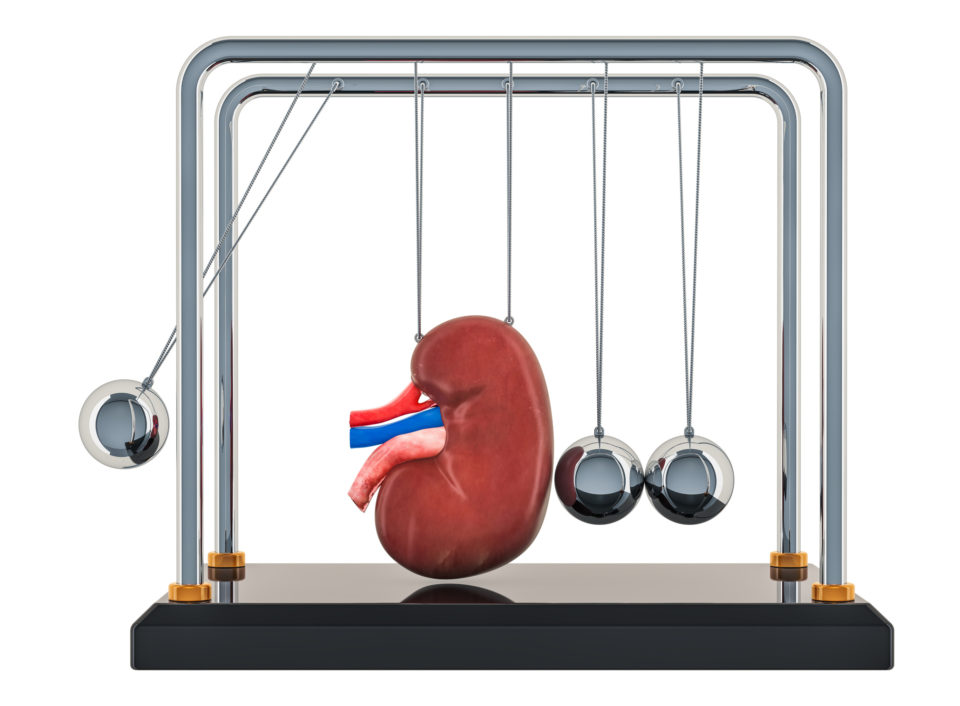
An oral potassium binding polymer (patiromer) aided in the use of spironolactone in a subset of patients with heart failure with preserved ejection fraction (HFpEF), new study results suggest.
While spironolactone is typically used in HFpEF patients to reduce mortality and lower blood pressure, these benefits are offset by an increased risk for hyperkalemia in the subset of HFpEF patients with chronic kidney disease and resistant hypertension. Earlier studies suggest that the oral potassium binding polymer patiromer was associated with reductions in hyperkalemia, leading the study authors to evaluate whether adding patiromer to spironolactone therapy in these patients would improve usability. The study results were presented at the 2019 Heart Failure Society of America Scientific Meeting in Philadelphia.
The study included two groups: those randomized to spironolactone plus a blinded patiromer (n=147), and those assigned spironolactone with a blinded placebo (n=148). All patients had chronic kidney disease with resistant hypertension (with systolic automated office blood pressure of 135-160 mm Hg, eGFR 25-45 Ml/min/1.73m2, and serum potassium levels of 4.3-5.1 mEq/L. The primary study endpoints was the between group difference in the percentage of patients remaining on treatment with spironolactone at 12 weeks, with a secondary endpoint of efficacy at reducing unattended automated office systolic blood pressure. The study duration was 18 weeks.
According to the study results, the percentage of patients who remained on spironolactone at week 12 while taking patiromer was 86%, compared to 66% with placebo (mean difference between groups: 20%; 95% CI, 10 to 29; P<0.0001). Patiromer also reduced systolic automatic office blood pressure over time in the intent-to-treat population. At week 12, systolic levels had been reduced further with the spironolactone-patiromer companion therapy compared to placebo (-11.7 mm Hg vs. -10.8 mm Hg, respectively; P<0.0001 for both).
“Results in prespecified subgroups, including patients with HF, were consistent with the overall result,” Bryan Williams, MD, chair of medicine at the University College of London, said in his presentation. “Twice as many patients with HF and advanced chronic kidney disease discontinued spironolactone due to hyperkalemia while taking placebo versus patiromer. Patiromer’s safety profile in patients with HF is consistent with previous reports and the AMBER study adds placebo-controlled data to the safety database.”
Bryan Williams, MD presents AMBER trial prespecified HF subgroup:
📌 In pts with#HF and CKD #Patiromer enabled use of #spironolactone
📌#Patiromer is safe in HF
👇🏽manuscript is published in lancet#HFSA2019 #HFSA2019Catalyst pic.twitter.com/VC7ozVvvpE— Selma Mohammed (@SelmaFMohammed) September 16, 2019







 © 2025 Mashup Media, LLC, a Formedics Property. All Rights Reserved.
© 2025 Mashup Media, LLC, a Formedics Property. All Rights Reserved.